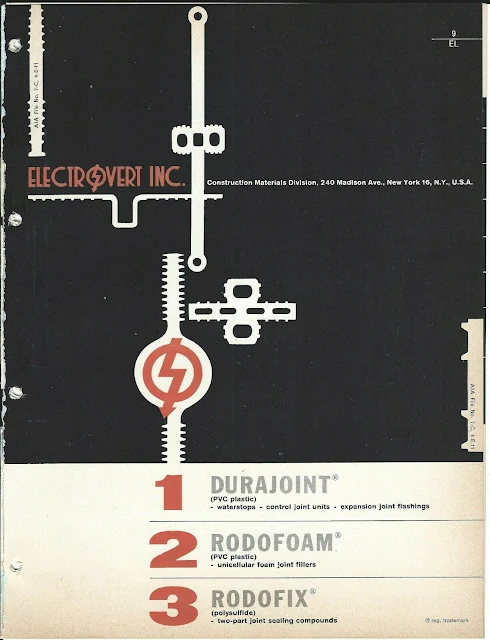
Over its long lifespan, concrete is subject to physical changes in length, width, height, and volume of its mass when subjected to environmental changes and mechanical conditions surrounding it. The effects may be a permanent contraction from drying shrinkage, carbonation, or creep, abnormal changes from chemical reactions of sulfate or alkali attacks, or merely applying a concrete load.
As the concrete moves, it relieves the internal stresses by forming a crack. Engineer designers minimize the unsightly appearance of self-formed cracks by introducing joints into the concrete to accommodate the movement without losing structural integrity.
Contraction joints divide large pours of concrete into smaller structural units. Contraction joints create a man-made plane of weakness to regulate and control the location of a crack formed by moisture loss of concrete. Without this formed contraction joint, the concrete would freely crack in unexpected and unattractive places.
A scheduled or unscheduled interruption of the concrete pour 30 minutes or greater creates a construction joint.
Designed to negate the compressive forces from abutting concrete structures that may occur due to expansion, loads, or differential movements, expansion joints require an actual gap between the concrete pours, filled with a compressible joint filler material such as foam, rubber, cork, or cane fiberboard.
Waterstop is a preformed joint material, metallic or nonmetallic, designed to stop the migration of fluids by creating an internal dam running across and along concrete joints.
Commercially available waterstops are either metallic or nonmetallic. Metallic waterstops possess high strength and extreme heat and cold resistance but offer little extensibility. Nonmetallic (plastic, rubber) waterstops provide flexibility rather than strength and have good extensibility, recovery, chemical resistance, and fatigue resistance.









